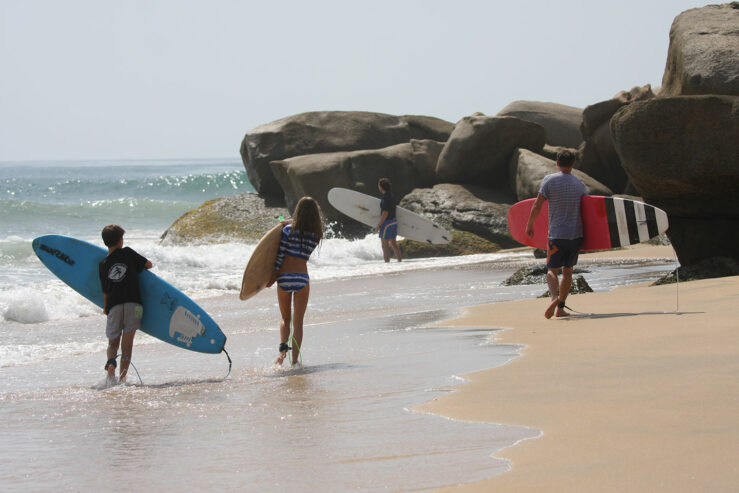Sri Lanka has some of the most beautiful botanical gardens in Asia, full of endemic and non-endemic plants. Many were established during colonial times by the British, and their purpose is to conserve the native plants and promote education and scientific studies. Visiting these gardens is a soothing experience, allowing you to unwind amongst the natural beauty, and take your mind off the stresses of daily life. Let’s take a closer look at the most famous botanical gardens in Sri Lanka:
The Peradeniya Botanical Gardens in Sri Lanka, located west of Kandy, is a stunning 147-acre garden known for its 4000 plant species, including orchids, spices, medicinal plants, and palm trees. Visitors can view tropical trees and shrubs from around the world, as well as trees planted by famous world figures to commemorate their visit. Established in 1843, the Royal Botanical Garden in Kandy sourced plants from famous gardens like Kew Garden and the Kalutara Garden. The gardens also have thousands of tropical timber trees, including unique species like the Giant Bamboo of Burma, the Javan fig tree, the Cannonball tree, and the Double Coconut Palm from Seychelles.
The Hakgala Botanical Garden is the second-largest botanical garden in Sri Lanka. Nestled within the Hakgala Strict Nature Reserve, it was founded in 1861 by an English botanist. Covering an area of 28 hectares, the garden features beautiful lawns, walking trails, and themed sections. It is home to a range of plants, and visitors can admire the stunning collection of orchids, roses, ferns, cacti and medicinal plants that thrive in the cool climate of Nuwara Eliya. Hakgala is famous for its large rose garden, where guests can wander through a vibrant display of blooming roses with fragrant scents.
Visitors to the area will have an array of luxury accommodation to choose from. From the beautiful colonial era hotel Jetwing St Andrews, to charming villas overlooking tea plantations such as The Cottage by Jetwing and Oatlands by Jetwing. The lakeside Broomfield by Jetwing is another great option. Stay in a renovated planter’s house like Jetwing Warwick Gardens or Meena Amma’s Tea Experience, to learn the art of tea plucking!
The Henarathgoda Botanical Gardens boasts a variety of botanical and horticultural attractions. It was first established as a rubber plantation. Over time, it became a prominent botanical garden, housing the remains of the first rubber plant that is now over 40 metres tall. With around 2000 plant species from Sri Lanka and other countries, it features palms, orchids, and endemic trees, and is home to many animals and birds. Divided into sections like the orchid garden, forest path, palms garden, Japanese garden, educational garden, and medicinal garden, it even houses trees that produce arrow poison from Africa and Malaya.
The Mirijjawila Botanical Gardens was established in 2013, and was created to preserve the area’s biodiversity. Although it is relatively new, the gardens are home to a wide variety of plant species, including flowers, shrubs, and trees. Many of these plant species are rare and can only be found on the island. In addition to the diverse flora, the gardens also provide a habitat for various fauna, such as birds and small mammals. Spread across 300 acres, the dry zone botanic gardens, Hambantota offer a peaceful escape and a chance to witness the beauty of Hambantota. As you explore the gardens, you can also discover the Ayurvedic medicinal plants and learn about their cultivation and medicinal uses.
The Seethawaka Wet Zone Botanic Gardens is the fifth Botanic Garden of the Department of National Botanic Gardens. The garden was opened to the public in 2015, and is located in Avissawella. Covering an area of 42 hectares (106 acres) it also includes tea plantations. The SWBG focuses on the conservation of wet-zone flora, research and botanical studies. Featuring a rose garden, fernery, flower-decked lake, ponds, medicinal garden, spice garden, orchard, butterfly garden, Japanese garden, and pebble garden, the SWBG also has paved paths for visitors to walk around. Information maps and boards are available.
Sri Lanka’s botanical gardens are perfect for nature lovers and those looking for a peaceful retreat.
























































